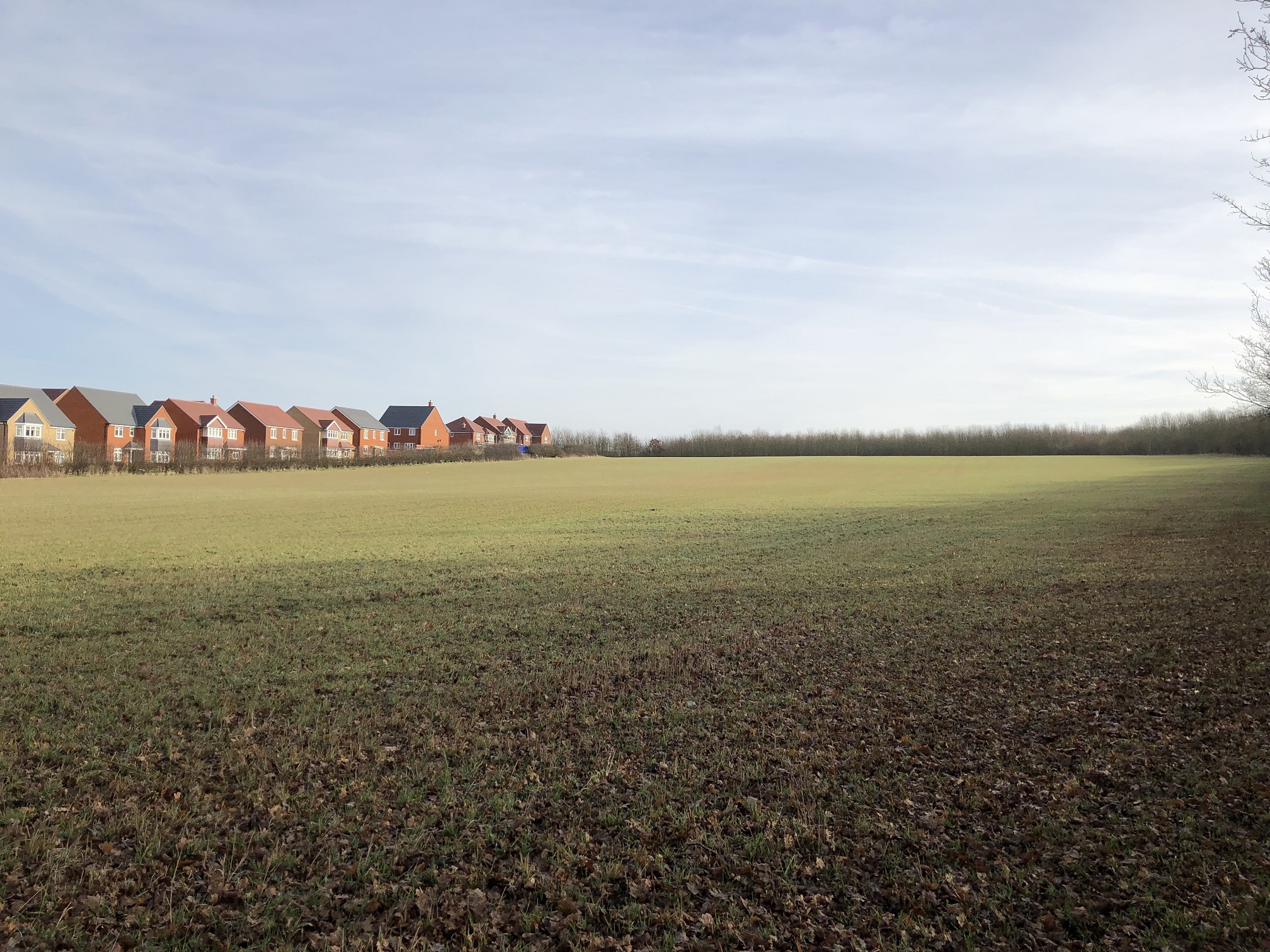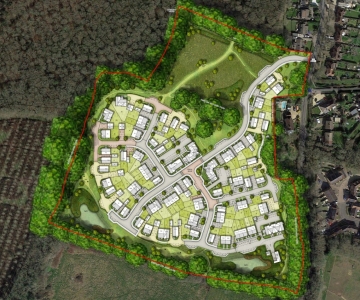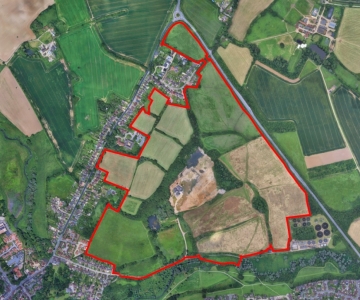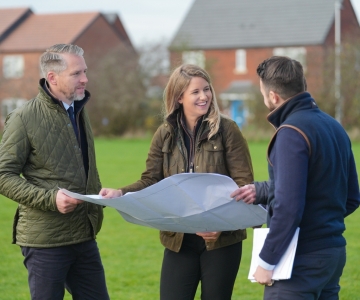The Grey Belt offers potential development opportunities for landowners.
The term Green Belt is well recognised and refers to a designated area of open land surrounding towns and cities where development is heavily restricted to prevent urban sprawl, safeguard the countryside and maintain the character of rural communities.
Key Purposes of the Green Belt as per the National Planning Policy Framework – NPPF:
- Check the unrestricted sprawl of large built-up areas
- Prevent neighbouring towns from merging into one another
- Safeguard the countryside from encroachment
- Preserve the setting and special character of historic towns
- Assist in urban regeneration, by encouraging the recycling of derelict and other urban land
Misconceptions
- Not all Green Belt land is environmentally pristine or publicly accessible—it may include farmland, scrubland, or even previously developed land.
- While highly protected, boundaries can be reviewed through Local Plans or in exceptional circumstances (e.g., major housing needs).
- It is greater in size than people think, with the area of land currently designated as Green Belt in England estimated at over 4.1 million hectares, or around 12.5% of the land area (compared to urban areas which total 11%)
What is the Grey Belt?
However, the Labour government as part of their planning reforms introduced the term "Grey Belt" which refers to specific areas within the traditionally protected Green Belt that are considered suitable for development due to their limited contribution to the core objective so the Green Belt
The introduction of the grey belt concept is part of Labour's broader strategy to address the UK's housing shortage by building 1.5 million new homes.
They aim to do this by identifying and reclassifying certain underutilised or low-value Green Belt areas as Grey Belt without compromising the integrity of more valuable green space
The grey belt encompasses:
- Previously developed land (also known as brownfield sites) within the green belt.
- Other green belt areas that do not significantly serve the green belt's primary purposes, such as preventing urban sprawl, safeguarding the countryside from encroachment, or preserving the character of historic towns.
This classification aims to facilitate the development of land that, while technically within the green belt, lacks the environmental or strategic value typically associated with green belt protections .
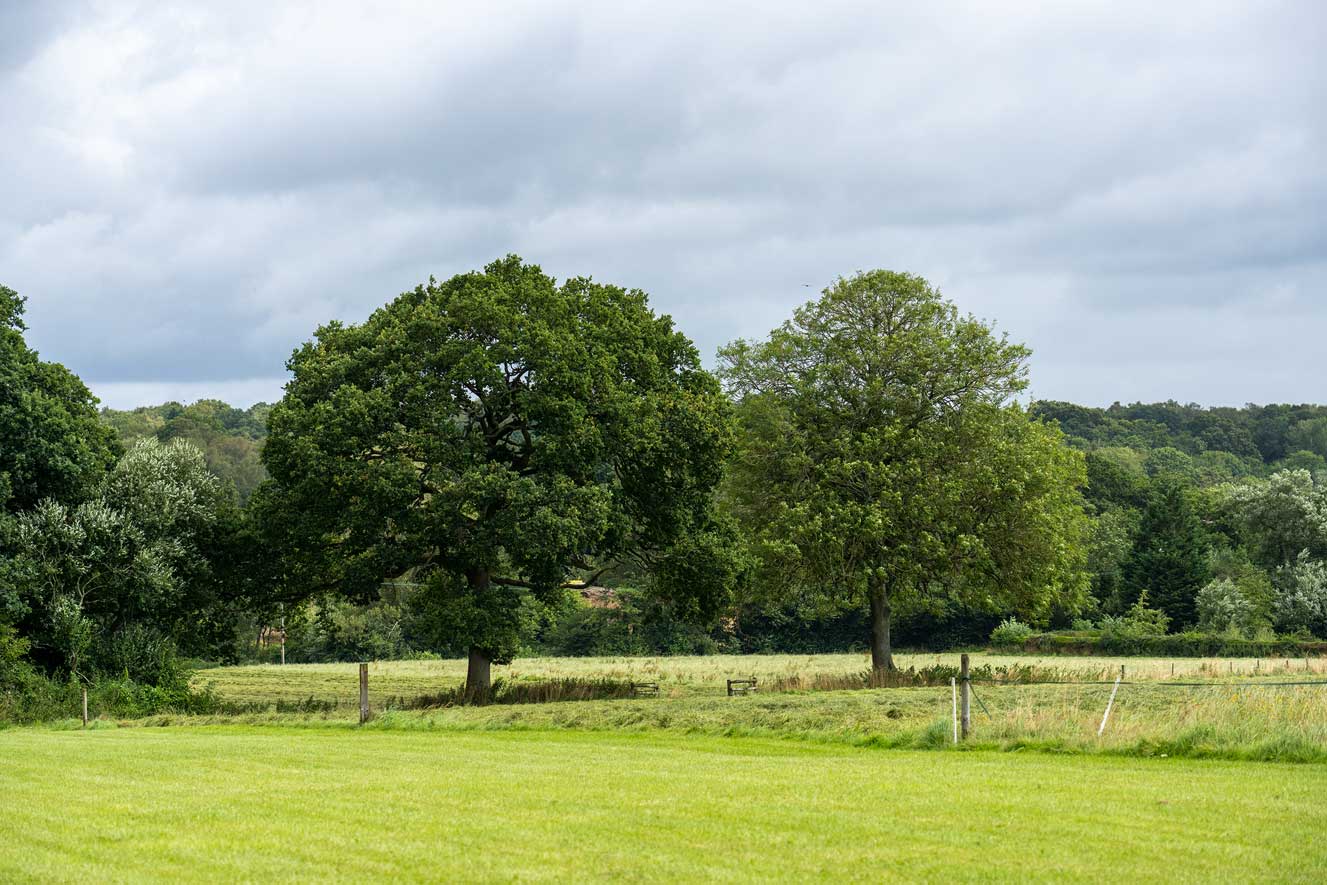
Implementation and Safeguards
To ensure responsible development, the policy includes several safeguards:
- Prioritising brownfield sites within the grey belt for development.
- Requiring developments to contribute positively to the community, such as providing affordable housing and enhancing local infrastructure.
- Maintaining the overall purpose of the green belt by ensuring that development does not lead to urban sprawl or the merging of towns .
Challenges and Considerations
While the grey belt policy aims to balance development needs with environmental protection, it has faced criticism and concerns:
- Ambiguity in definition: The lack of a universally agreed-upon definition of grey belt can lead to inconsistencies in implementation across different local authorities .
- Potential legal disputes: The subjective nature of determining a land's contribution to green belt purposes may result in legal challenges.
- Limited impact: Some experts argue that the policy may have only a marginal effect on alleviating the housing crisis due to the relatively small proportion of land that qualifies as grey belt .

Conclusion
The grey belt policy represents a nuanced approach to expanding housing development opportunities while attempting to preserve the essential functions of the green belt.
Its success will largely depend on clear definitions, consistent application by local planning authorities, and the ability to balance development pressures with environmental and community considerations.
The changes to national policy have created further opportunities for owners of suitable Green Belt land.
Catesby Estates have a successful track record in bringing forward sites for release from the Green Belt, view some of our case studies:
Bromsgrove Balsall Common Horley
Promoting your strategic land with Catesby Estates
If you would like a confidential, no obligation chat about the potential of your Green Belt land and whether it meets the Grey Belt criteria, please get in touch 01788 726810.
